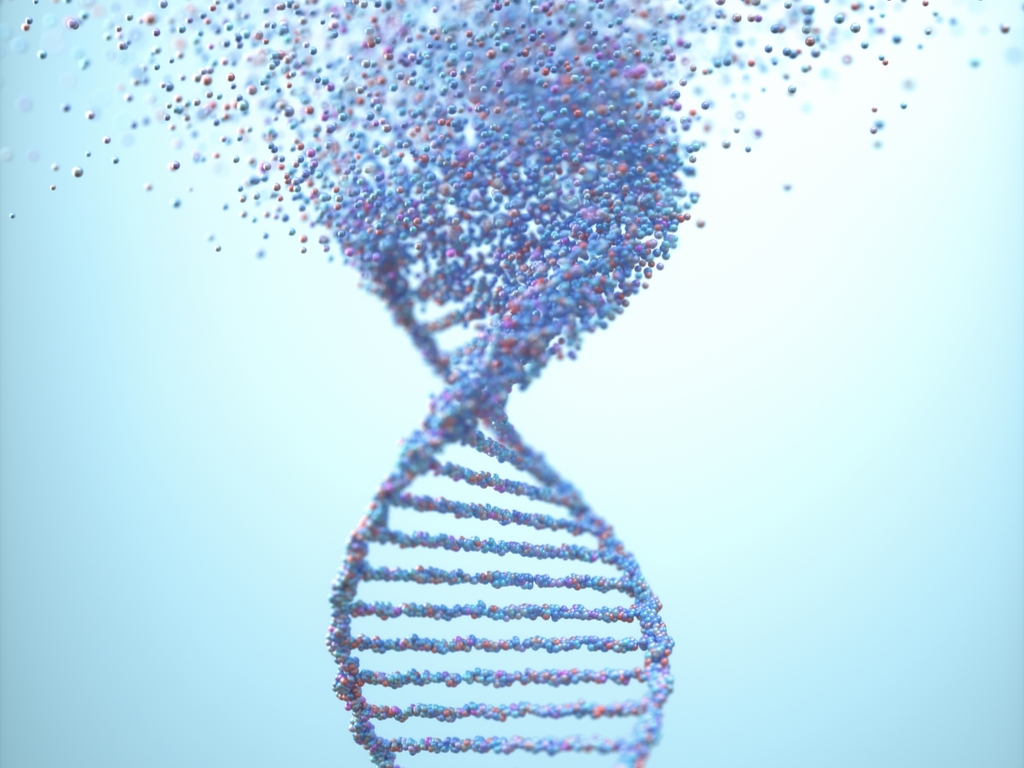Home > Insights > Market Research & Trend Analysis > Challenges in Manufacturing Advanced Therapies
Challenges in Manufacturing Advanced Therapies

What are the Biggest Challenges in Manufacturing Advanced Therapies?
The biggest challenge with advanced therapies (previously known as cell and gene therapies but now expanded to cover new technologies or platforms such as mRNA, weaponized bacteriophage, gene editing and more) is in the area of manufacturing and scale-out, and here is why.
Cell and gene therapies are effective if the cells survive the logistics transport & supply chain. More important than simply surviving, is the viability of these therapies at point of use.
The traditional model for manufacturing biopharmaceuticals is reliant on a centralized manufacturing footprint where large facilities are able to produce large quantities of material that can be used by large patient populations. This model can be scaled quickly to support influx in demand.
In advanced therapies, the manufacturing models require small scale manufacturing, in close proximity to patients or clinical sites treating patients. Additionally, the cold chain storage and management of patient material and the manufactured therapies is of critical importance. Hence, the need for cryopreservation of materials along the supply chain.
In order to ensure a viable therapeutic delivery model, advanced therapy companies need to consider the following:
- A clinical manufacturing site close to patient populations
- Shortened and effective turn around times from the time the material is removed from a patient to the time it is returned
- Cryopreservation methods provide substantial benefits over fresh material transport, however procedures must be put in place to ensure proper freezing and thawing of materials to avoid damage
- Emphasis on instrumentation that enables environmental controls
- Validated manufacturing of therapies at patient “bedside”
Several options are currently being explored to address these advanced therapy manufacturing and delivery needs, including a regionalized “hub and spoke” model where some centralization of manufacturing can take place while the more temperature sensitive activities occur closer to the clinical sites. Another solution that appears to be readily available is the use of contract manufacturing organizations (CMOs) with ready-access to facilities, expertise, technology and distribution partners.
Any manufacturing solution should ensure appropriate chain of custody controls, automated tracking systems and standardized quality assurance systems. Needless to say, this manufacturing paradigm is heavily reliant on software to track and monitor the patient samples throughout its journey along the supply chain.
Therefore sourcing, risk management and supply chain strategy is a critical component of ensuring access and affordability of advanced therapies.




